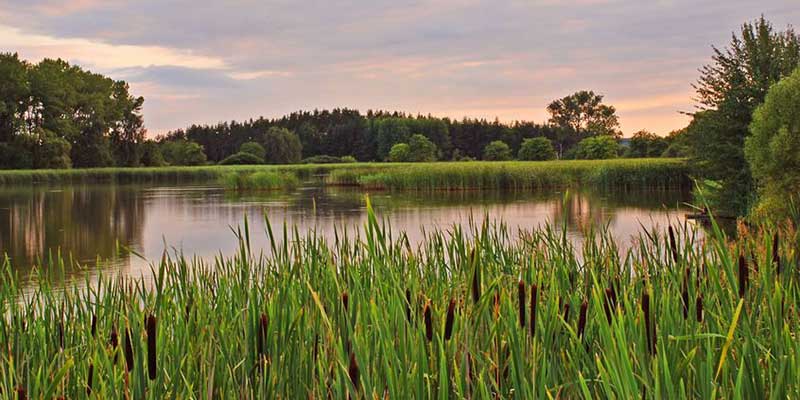Water recycling has long been accepted in indirect potable reuse, where treated effluent is released into surface water or groundwater, but the EPA plan is setting the stage for more direct reuse.
Government agencies and private organizations will collaborate to advance acceptance of water recycling
The United States Environmental Protection Agency (EPA) has announced the initial development of a Water Reuse Action Plan that will guide the agency’s work in encouraging reuse in the water sector. The purpose of the plan is to create an integrated management approach for U.S. water resources at the state, watershed, and local levels.
David Ross, EPA assistant administrator for water, explained:
The Nation’s water resources are the lifeblood of our communities, and the federal government has the responsibility to ensure all Americans have access to reliable sources of clean and safe water.
The announcement is significant in that it represents a large-scale federal recognition that water reuse is an important part of integrated water resource management.
Water Reuse Technology
Water reuse, or recycling, may be viable for a wide range of applications such as irrigation, drinking water, groundwater recharge, industrial processes, and environmental restoration, depending on specific scenarios, and the EPA and its partners intend to evaluate advances in technology that can be applied to such applications.
Membrane aerated biofilm reactor (MABR) technology is one such advance. Fluence MABR, already in use at several locations from the U.S. Virgin Islands to China, recently met stringent California Title 22 water reuse standards in a yearlong pilot project at Stanford University.
Because MABR uses passive aeration at near-atmospheric pressure, energy costs for aeration are now up to 90% lower than in traditional biological treatment. The technology allows for a higher volume of treatment on a smaller footprint, and is available as Fluence’s Smart Packaged Aspiral™, packed in standard shipping containers for scalability and agile deployment. Aspiral’s effluent is suitable for reuse in irrigation or environmental release.
Advancing Water Reuse
The EPA plan will engage multiple stakeholders to increase reuse for such needs as agricultural irrigation, potable water, groundwater recharge, industrial processes, and environmental restoration, taking advantage of both industry and government expertise. Ross said:
There is innovative work happening across the water sector to advance water reuse, and the EPA wants to accelerate that work through coordinated federal leadership.
Although development of the plan has begun, the public will have to wait until September to view a draft at the annual WateReuse Symposium in San Diego.
The administration’s larger goal is to coordinate and focus taxpayer resources on many of the nation’s toughest water issues — including water supply in the drought-prone West, resiliency, and resource management — in partnership with the U.S. Department of the Interior (DOI), the U.S. Department of Agriculture (USDA), and other agencies.
Tim Petty, assistant secretary for water and science at the DOI, stated:
The Department of the Interior is excited about forging this partnership with EPA so that we can leverage each other’s success and move forward on one path.
Water Reuse on a Larger Scale
Although the EPA has encouraged water reuse efforts in the past, the new plan is at a much larger scale, with wide engagement among government agencies and throughout the water sector. The U.S. Department of Energy (DOE) will be involved with its Grand Water Security Challenge, and various nongovernmental organizations will also be involved in the broad strategy to catalyze water reuse.
Water reuse has had longstanding psychological obstacles to overcome, particularly in the U.S., but a history of value and safety has contributed to a climate of acceptance for even direct potable reuse. The new commitment from the EPA now secures U.S. participation in what some anticipate as a global “golden decade” of water reuse.

